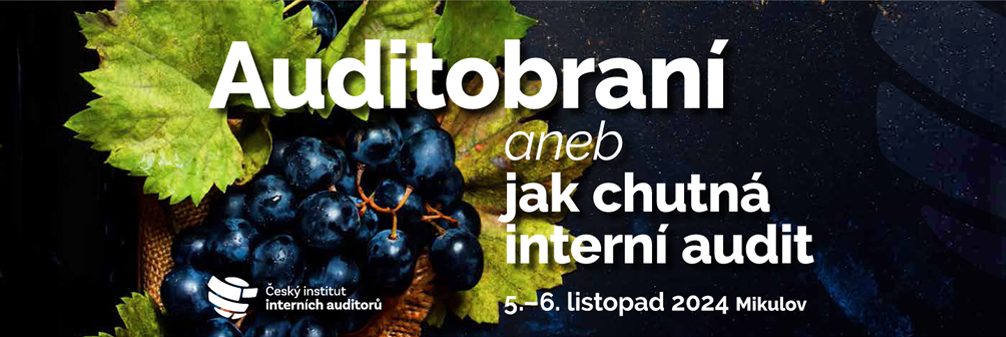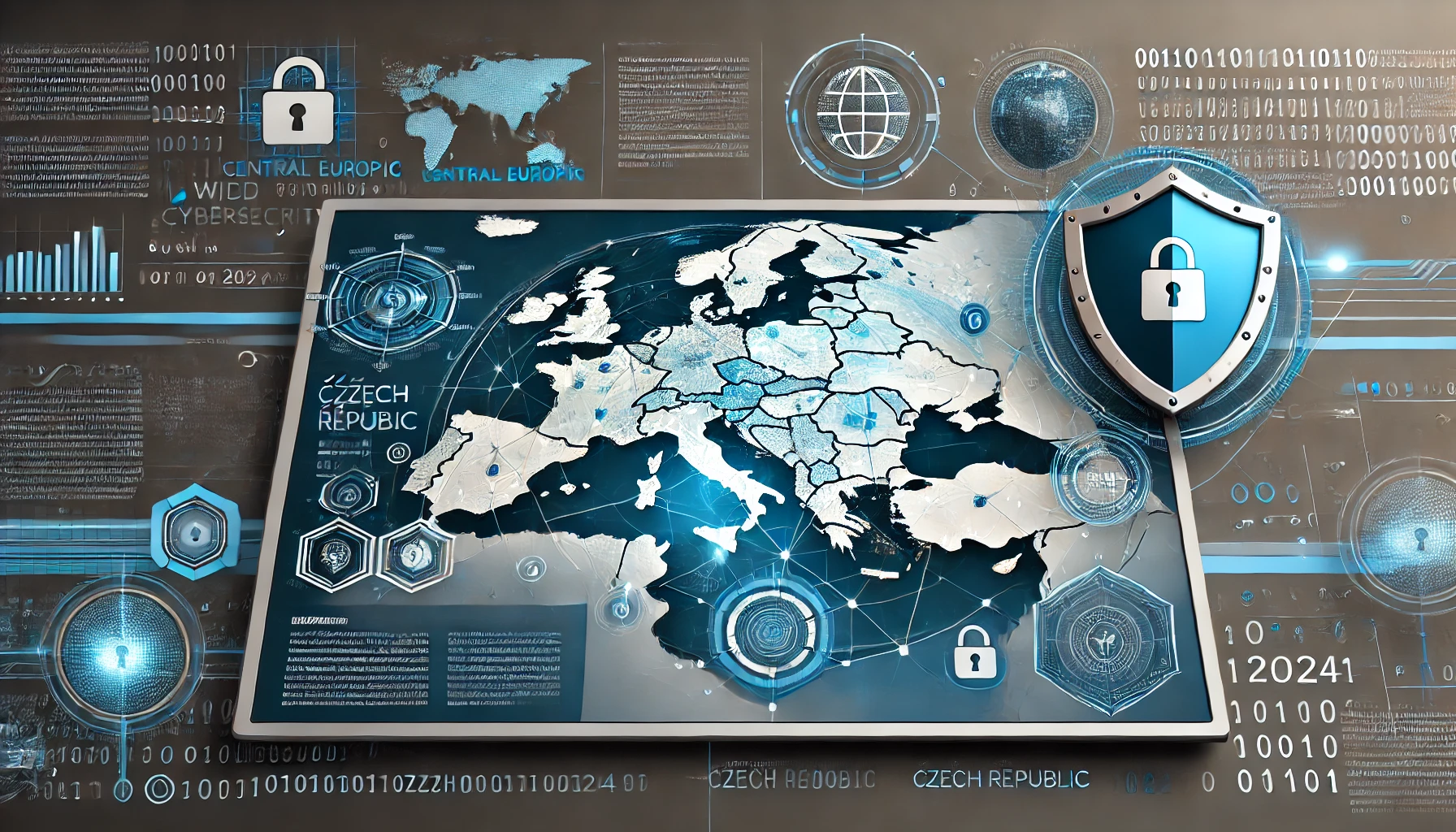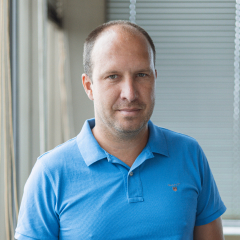
ITS blog: news in post-quantum cryptography - March 2025
2 min

text by František Kovařík
Welcome back to our monthly roundup of the latest trends and events from the world of post-quantum cryptography! We're glad you're with us - in 2025, the quantum threat is going from a distant concern to a real challenge. Together, we'll take a look at what important things have happened in the last month and how these changes may affect your business.
US NIST selects HQC algorithm for post-quantum encryption
On March 11, 2025, the US National Institute of Standards and Technology (NIST) announced the selection of the HQC algorithm as the fifth standardized algorithm for post-quantum cryptography. The HQC algorithm uses correction-code based encryption and provides robust protection against potential attacks by quantum computers. Standardization of the algorithm is already underway, with a final standard expected by 2027.
Vodafone and IBM implement quantum protection for mobile devices in Europe
On 3 March 2025, Vodafone and IBM announced a partnership to integrate post-quantum cryptography into smartphones. The agreement was announced at Mobile World Congress (MWC25) in Barcelona and signals an important step towards protecting users' sensitive information in the coming quantum era. The collaboration focuses on technology that will ensure long-term data security on mobile platforms.
Europol urges financial sector to move quickly
On 7 February 2025, the Quantum Safe Financial Forum (QSFF), together with Europol, issued an urgent call for the implementation of post-quantum cryptography. In particular, the call targets financial institutions that need to react quickly to protect their operations from emerging quantum threats.
As a Czech company specializing in cybersecurity and post-quantum solutions, we help organizations safely manage the transition with respect to local needs and the specifics of the Czech market.
Feel free to contact us contact - We will be happy to help you develop a strategy for a smooth and secure transition to post-quantum security.
What else to read
See more news from the world of IT and ITS




